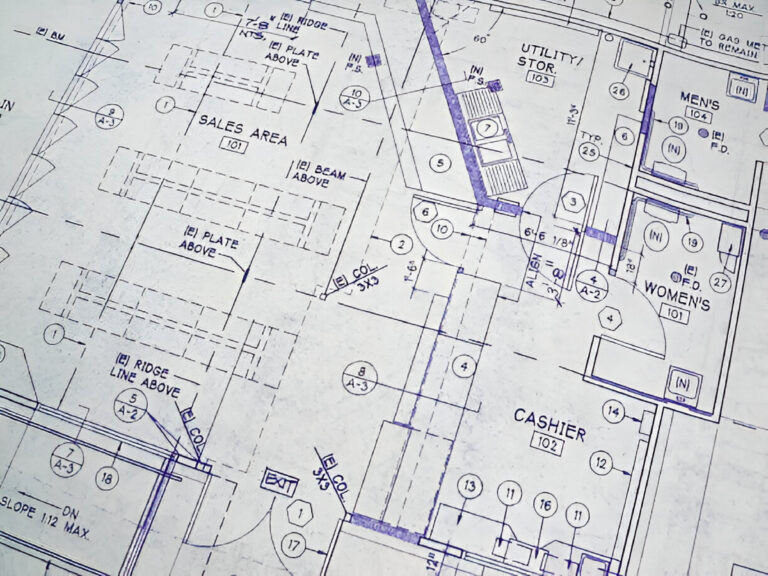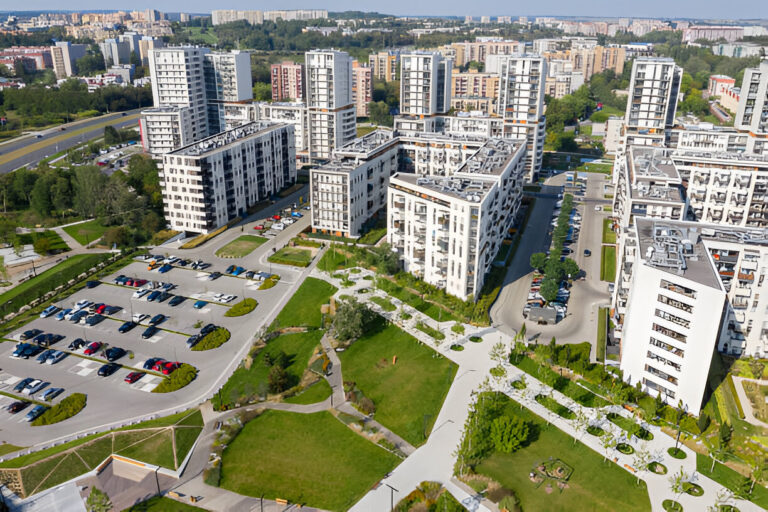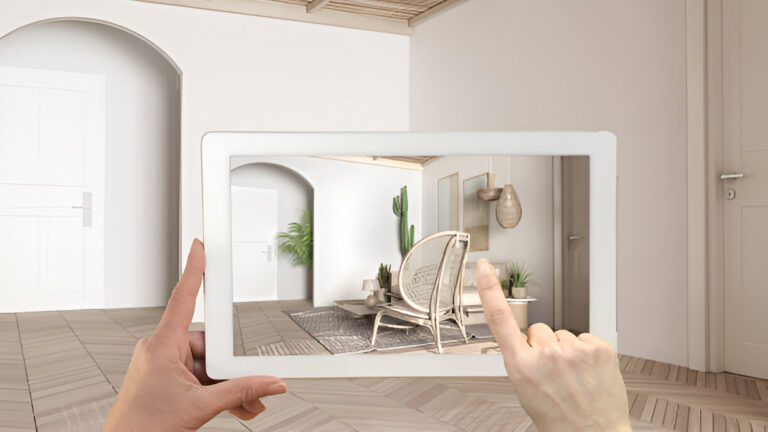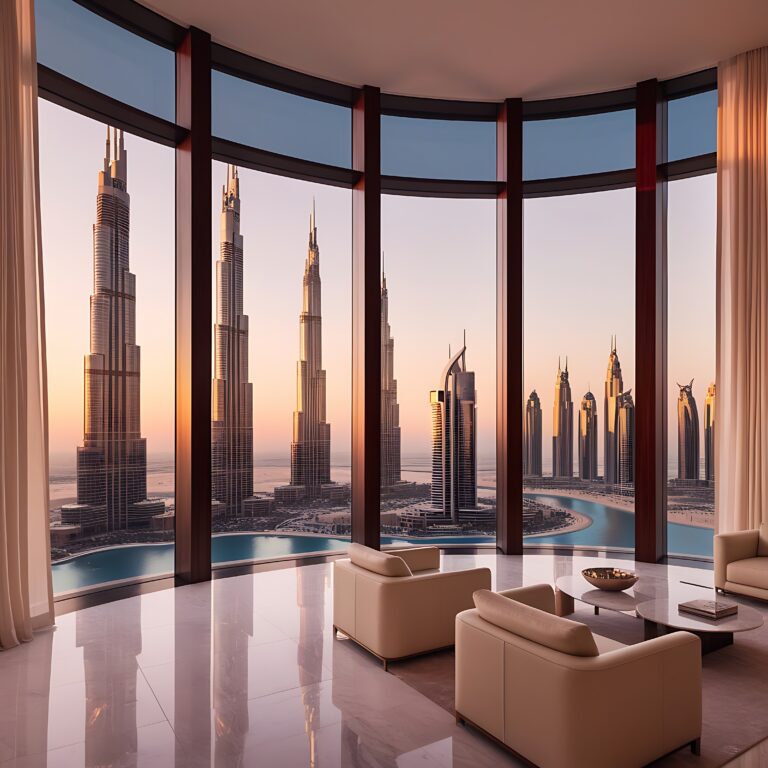Introduction
In today’s highly visual world, 3D rendering has become an invaluable tool for businesses looking to showcase their products, designs, and visions. 3D renders can have a hugely positive impact on winning new business. They create visual excitement, speed up the design process, and aid in brand storytelling.
For many companies, especially in fields like architecture or construction, investing in professional 3D rendering services yields significant benefits that vastly outweigh the costs. Here is a closer look at some of the key advantages 3D rendering offers.
Winning New Business
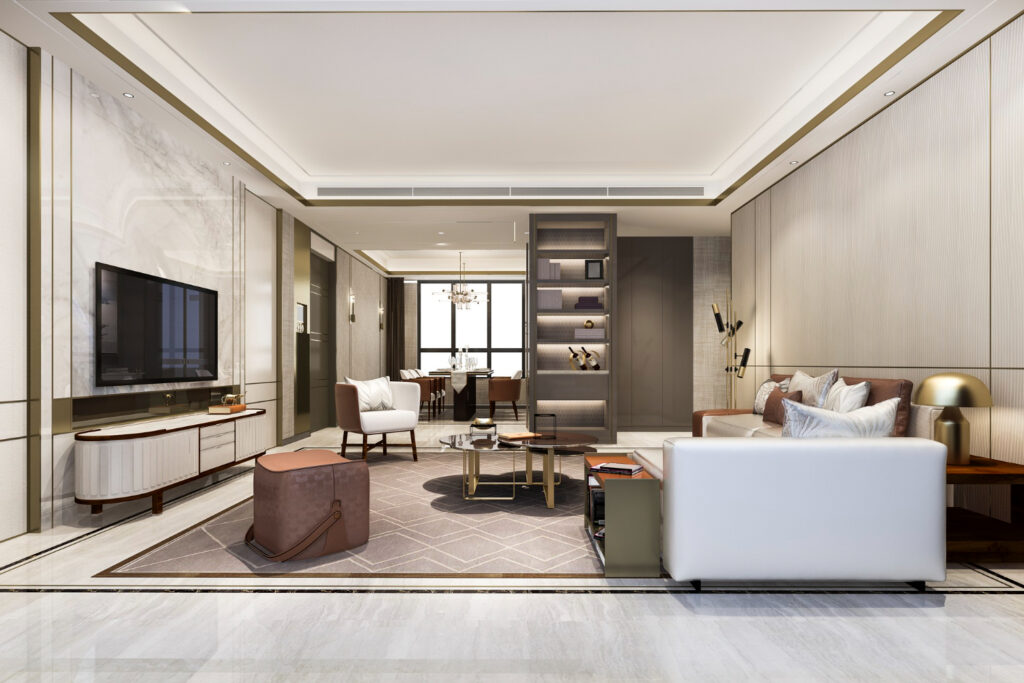
For companies that rely on securing new projects and customers, 3D rendering provides an invaluable edge in pitching ideas and visions. Architectural firms can show prospective clients full 3D walkthroughs of spaces and buildings long before construction begins. Across industries, 3D visualisation helps sell concepts that would be hard to convey through traditional two-dimensional drawings and plans. The old adage “seeing is believing” is especially true for major new investments.
Streamlining Collaboration
The 3D design process enables much smoother collaboration between parties. All stakeholders can be on the same page through detailed and accurate virtual models. For architects and construction firms, these virtual models significantly improve coordination with clients, contractors, and other partners. The ability to detect and fix issues early on through 3D rendering saves companies enormous time and money compared to fixing mistakes much later in the process.
Enhancing Marketing
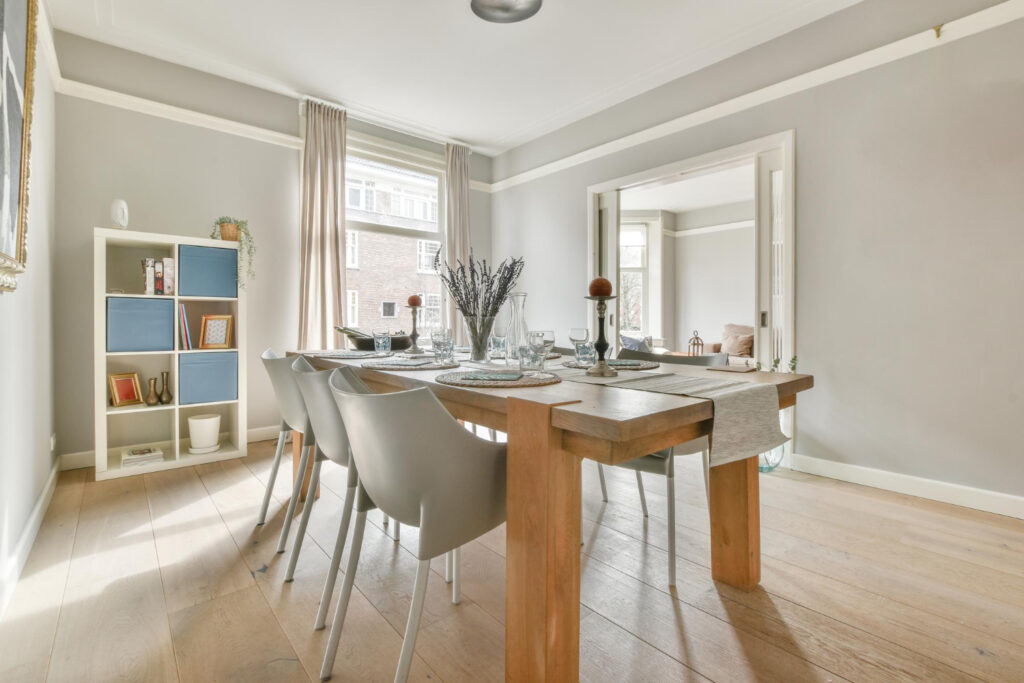
For consumer-focused businesses, 3D rendering enables next-level marketing assets. Photorealistic models and animations allow products to quite literally “come to life” in commercials, digital ads, brand stories, and other campaigns. For luxury brands in particular, high-quality 3D visuals add lustre and prestige. Consumers today are highly responsive to dynamic and visual marketing. Investing in 3D rendering helps companies stand out from the competition and get maximum impact from marketing initiatives. This boosts brand identity and loyalty.
Saving Money
While hiring a professional 3D rendering firm requires upfront investment, it can vastly reduce costs in other areas down the line. Good renders minimise errors and missteps in the design. This avoids costly delays and fixes. Stunning visualisations also reduce the need for expensive photography shoots once products are complete. Quality renders even cut down on physical prototype costs in some cases. For spaces, 3D architectural visualisation reduces the need for full-scale mockups. By pinpointing issues early and improving workflows, companies can realize significant cost savings.
Factors to Consider
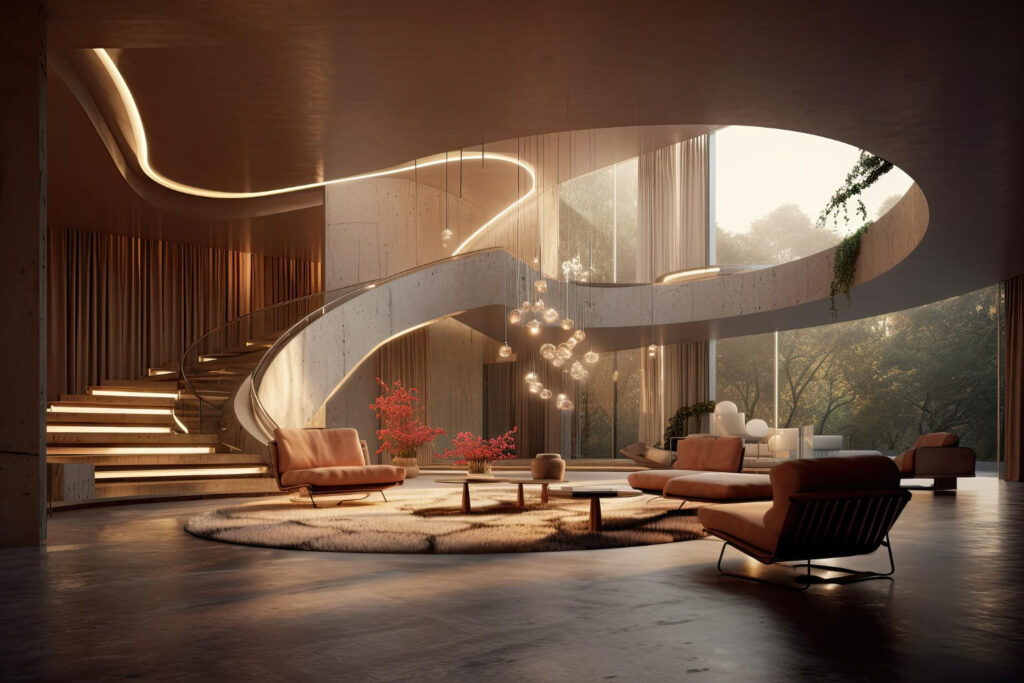
When assessing the value of 3D rendering services, there are several key factors companies should consider:
- Level of realism needed – More realistic, high-definition renders are costlier but may be worthwhile for winning business. Lower resolutions may suffice once concepts are sold.
- Ongoing needs – Occasional rendering vs. frequent, high-volume needs. Long term partnerships usually provide better value.
- Turnaround requirements – Rush jobs cost more. Allowing ample time lowers costs.
- Specialization – Certain complex architectural designs require specialized expertise.
- Workflow integration – How seamlessly a firm can collaborate on the 3D design platform.
- Service offerings – Many 3D firms offer value-adds like animations and virtual reality beyond still renderings.
By weighing these factors against potential benefits, companies can determine smart 3D rendering investments for their specific needs and budget. There are quality firms at every price point.
The Bottom Line
In today’s intensely visual digital landscape, integrating 3D rendering into business workflows is becoming a necessity rather than a luxury. The costs are justifiable given the revenues good rendering can help generate. Partnering with an experienced 3D visualisation firm provides lasting value. With some due diligence, companies can identify providers with the right expertise, technology, and service levels to meet their business goals. The visualisation benefits and competitive edge rendered 3D models provide will quickly offset the initial investment. Check out 5 Benefits of Using Professional 3D Rendering Services for more information.
Frequently Asked Questions
1. What types of businesses benefit most from using 3D rendering services?
Architecture, construction, manufacturing, and consumer product companies tend to benefit the most from 3D renderings as they allow realistic visualization of spaces, buildings, and products pre-production. Renderings are invaluable for proposing designs and selling visions.
2. What level of photorealism is recommended for renderings?
It depends on the purpose. More photorealistic, high-definition renders better showcase products and designs but are more costly. For early concept presentations, lower resolution renders may be sufficient. High realism is recommended for final renderings used in marketing materials.
3. How can using 3D renderings help win new business?
Immersive 3D visualizations help clients and customers envision the end results. Seeing realistic renderings tends to generate more excitement and buy-in compared to 2D plans or drawings. Renderings also aid communication and collaboration across teams.
4. How much does it cost to hire a 3D rendering company?
Costs vary significantly based on project scope, level of realism, firm capabilities, and other factors. Most firms provide customized quotes. Expect to invest at least $1,000+ for high quality rendering of a single space or product. Larger projects and ongoing needs cost more.
5. What expertise should you look for in a 3D rendering provider?
Look for architectural visualization expertise relevant to your industry as well as mastery of leading 3D modeling software. Also assess experience, design aesthetics, communication abilities, and capacity to take on your project.
6. Can you use 3D renderings instead of expensive photography?
Often yes, high quality renderings can substitute for traditional photography with today’s photorealism. But some may still prefer photos for final marketing assets. Renderings are ideal for early stage presentations.
7. How can you reduce 3D rendering costs for your business?
Allow ample lead time, reuse 3D model assets when feasible, collaborate closely with the provider throughout the process, and clearly communicate your needs and expectations. Limit last-minute changes. Also negotiate pricing for any long-term, high-volume rendering needs.
Alex Smith is a content writer at RealRender3D, writing informative articles on 3D rendering, interior design, architecture, and related topics.
With over 15 years of experience at top UK architecture and interior design firms, Alex leverages his expertise to write engaging content educating readers on AEC industry trends and best practices.
Connect with Alex at alex@realrender3d.co.uk.

